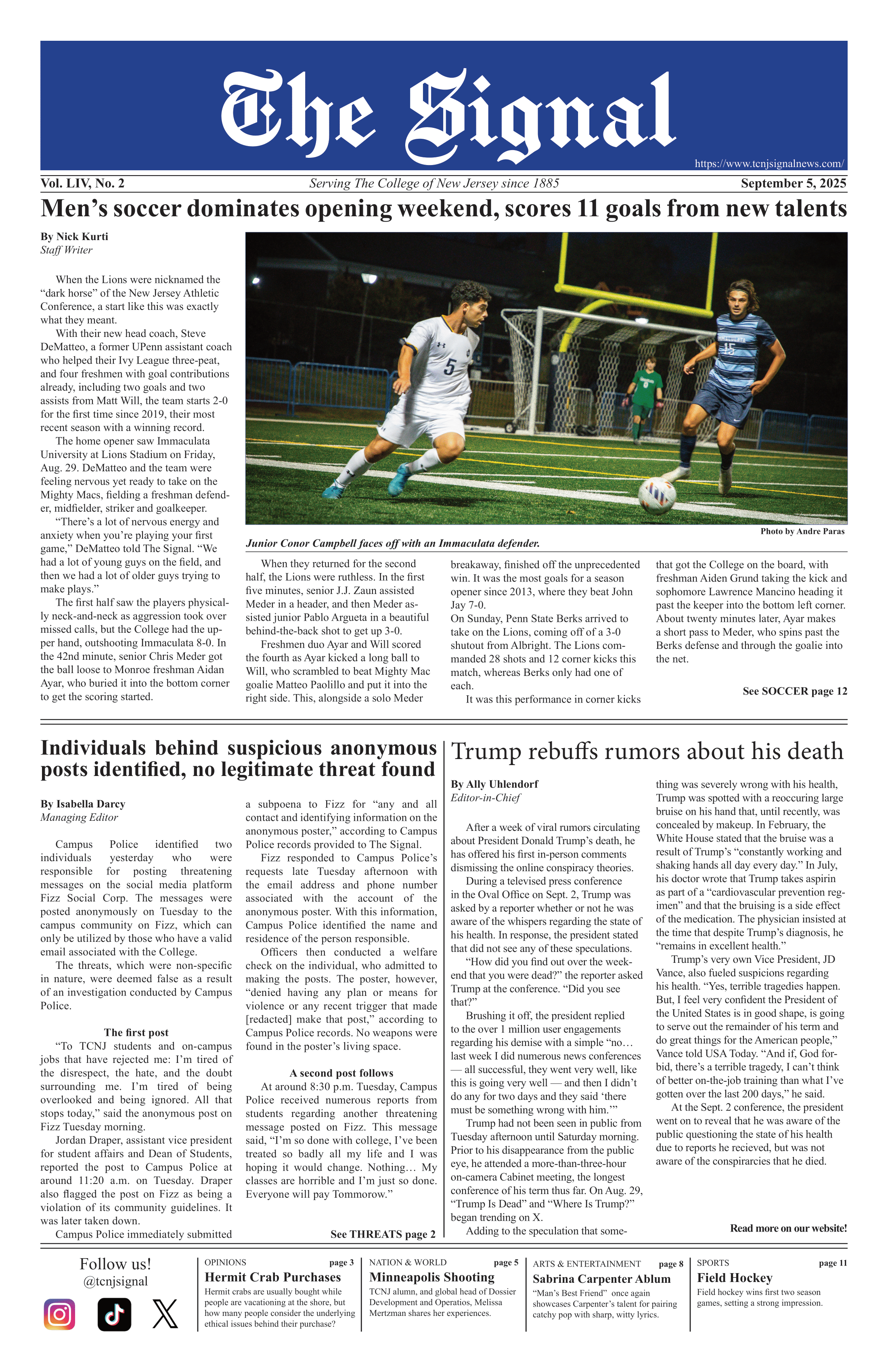Yan Xu, a computer scientist hired by the Microsoft Research Division, spoke to the College about the programs she is working on. Xu was hired by Microsoft on account of her strengths and because Microsoft wanted to start a foray into the academic research department.
Founded in 1991, the Microsoft Research Division is considered a "safe house" for the creation of new technologies and ideas. This division is focusing on the ideas surrounding computational science, which is also known as eScience. Xu described it as an environment for research and collaboration between some of the brightest minds both in and out of the industry, where interns play a large role in the shaping of these ideas.
"It's pretty much an institutional kind of environment," Xu said.
Xu's specific department in the Research Division is the External Research Programs department. Describing the processes that occur in the department using a pyramid scheme reminiscent of the food pyramid, Xu explained how all projects and ideas start out at the base of the pyramid in workshops where permission is requested to begin a project. The second level is the project stage itself where ideas are fleshed out, and finally the pinnacle involves the addition of higher institutes which are key to the program's success.
A program that Xu is especially proud of is the Phoenix Academic Program, which is a code name for the software optimization and analysis framework that can be used by professors and students to write code for and build upon. Right now a Research Development Kit (RDK) of Phoenix is available for download.
"What that means is (Microsoft) is not responsible for any bugs. If you find a bug, that's great. We're all working together to find them," Xu said.
The program gets sampled by external researchers and students, and the ultimate goal is to enhance the educational experience that students receive.
"There is a missing link between research and the teaching of students," Xu said.
In an effort to remedy this, a plan called the Computational Education for Scientists was put into place with the goal of making computational thinking a natural skill for scientists. The idea is not to teach scientists how to code, but rather to teach them how to utilize and effect engagement of scientific research with computational science.
Some of the pilot projects that the External Research Programs department has worked on include a program at Georgia Tech University covering the problem-based learning of image processing. Students there are given examples of real problems from hospitals like how to get sensitive machines to filter out background noise.
Another twist on Microsoft technologies is the professor who is using the Xbox gaming platform to teach biology. While students play a game they are creating a DNA strand, and each time the game is played a little differently a different permutation of a DNA strand is created.
The Body Sensor Network for Healthcare at the University of California Los Angeles is a sensor that was designed to be put in a shoe or a wristband and transmit the progression of rehab patients via Bluetooth. Not only does the doctor get a record of your progress, but with the wireless Bluetooth technology you can view it yourself on your phone.
Xu has been talking to many people in academia in an effort to determine what level of involvement she should invest in the teaching aspect of computer science. There are ongoing debates on what exactly to teach to students: computational thinking or computing.
"I want to know how I can be helpful - I'm looking for suggestions," Xu said.
Regardless of what it teaches exactly, the research still needs interns and students to help carry on the advancement of technology and ideas. Students with different areas of expertise are welcomed.
"You don't have to come in with a computer background; we can teach you," Xu said. "That's our strength."






